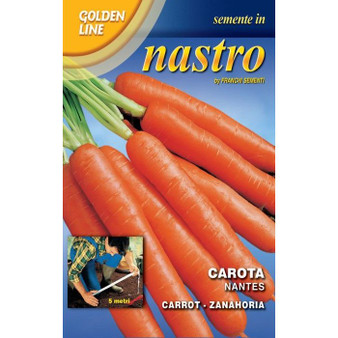Product Description
Inspired by Monastic gardens
I was talking to an online colleague Jan Pacheri about Monastic gardens and I wondered exactly what Monks would have grown in Medieval times or later and if there was much of an Italian influence given the links with Rome especially. So Jan’s book is called ‘The gardens of Westminster Abbey’ so where better to start!
The first thing to say is that Monks did accompany many voyages and expeditions, so for example it was Franciscan monks who in the 16th century brought back Padron Pepper seeds from Tabasco in Mexico to Hebron in Galicia where it is revered. At the time they were harvested red and also powdered, but it was not until the early 1700’s where it started to be panfried and eaten green as we do today. They say that ‘one is hot and one is not’ but usually about 1 in 6 is hot and that is why you would always eat them with a cold beer or sparkling white wine – just in case!
Another difference to today is that we grow turnips, beetroot and carrot we eat the root. But back in the day the main crop were the leaves and I know that carrot leaf pesto is a delivious in Italy, but it can also be used in pasta sauces, risotto and in meatballs for example and are totally edible, even young leaves raw in a salad. Turnips and beetroot were native to Britain and the ‘cima di rape’ literally translated ‘tops of the turnips’ are eaten widely in Puglia to this day with Orecchiette pasta!
The traditions of the Benedictine monks originated at Monte Cassino, so the garden designs were similar: cloister gardens enclosed within walls (The word 'paradise' is Persian for an enclosed garden.) As the food could sometimes be bland, herbs some introduced by the Romans or from Italy like dill, chervil, thyme, sage, rosemary and chives to enhance the flavour. Others like parsley, mint, lovage, hyssop, savoury were native to the UK and used add flavour similarly. For sweetness it was not uncommon to use Angelica leaves (meaning literally Angelic or messenger of God).
Cavolo Nero Kale came later with the Norman invasion but brassica’s were clumped together and called ‘Colewarts’ says Jan. Hot mashed turnips had been used as a cure for chilblains and often plants grown in the Physic garden were used to grow plants for medicinal purposes and so veg and herbs had a dual purpose, not just as food. Even to this day some medicines like Morphine, Codeine and Aspirin are plantbased medicines for example.
We often don’t give a second thought when we are sowing our vegetables and herbs, but often they have a long history going back generations or centuries, in the case of plants like rocket for example and the herbs listed above, for millennia! Yes we have a lot to thank Victorian plant hunters for, but certainly Monasteries have their place in influencing the food we eat today.
OFFER - £11 - A saving of £1 plus free P&P worth £2.99, saving £4 - Onion Tropea Round, Leek Carentan, Carrot Rubrovitamina and Turnip Tops (broccoli Raab 90)









